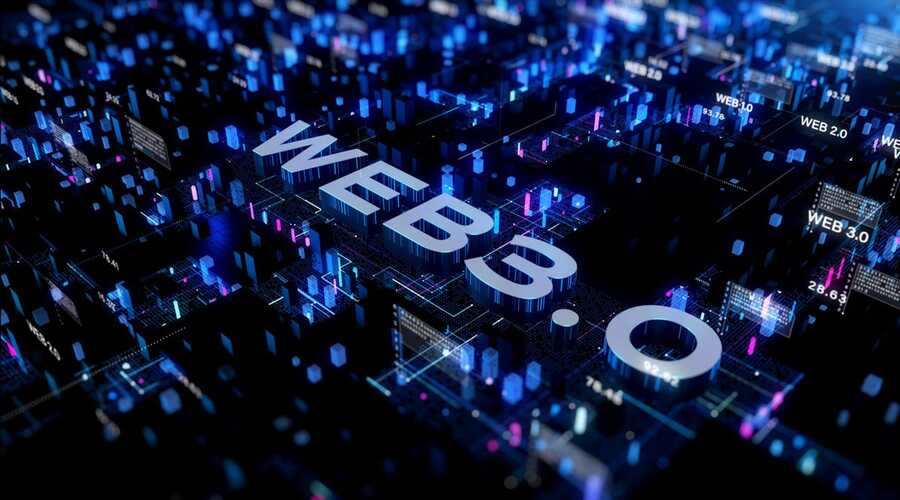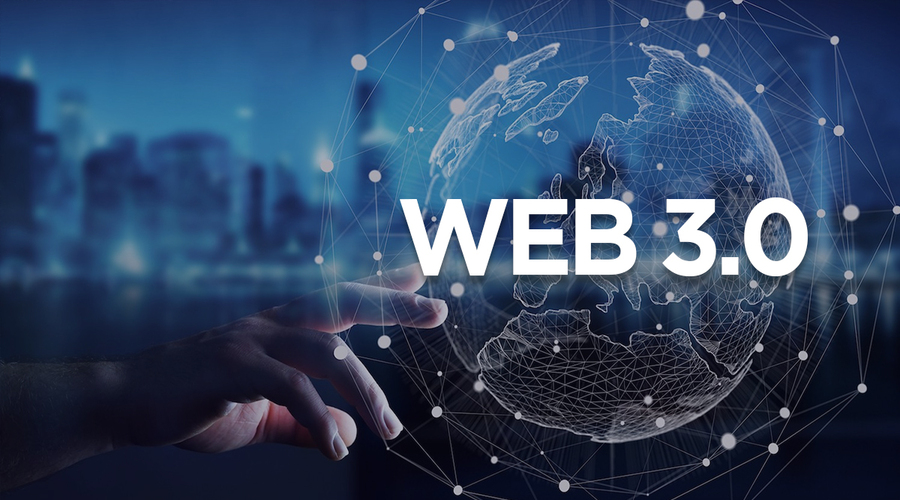Web3 is the future of the internet. It’s a decentralized ecosystem built on blockchain technology that promises to create a more secure, transparent, and user-centric internet. In this article, we will explore what Web3 is, how it works, and its potential applications.
What is Web3?
The next generation of the internet is known as Web 3. It is also known as the decentralized web. It’s an ecosystem that’s built on decentralized technologies, such as blockchain, and aims to create a more transparent, secure, and user-centric internet.
Web3 is a network of networks, comprising various decentralized protocols, platforms, and applications that operate independently of centralized control. This decentralization enables Web3 to provide users with greater privacy, security, and control over their digital assets and data.
How Does Web3 Work?
Web3 is built on decentralized technologies, such as blockchain, that enable peer-to-peer transactions and interactions without the need for intermediaries. These technologies enable Web3 to provide users with greater privacy, security, and control over their digital assets and data.
In Web3, users interact with decentralized applications and services through web3-enabled browsers and wallets. These applications and services are built on decentralized protocols, such as Ethereum, that enable the creation and execution of smart contracts and decentralized applications.
Applications of Web3
Web3 has numerous potential applications in various industries, including finance, healthcare, supply chain management, and more. Some examples of how Web3 can be used are as follows:
1. Decentralized Finance (DeFi)
Decentralized finance (DeFi) is one of the most prominent use cases of Web3. DeFi enables users to access financial services, such as lending, borrowing, and trading, without the need for intermediaries.
2. Supply Chain Management
Web3 can be used to create more transparent and efficient supply chain management systems by enabling greater visibility into the movement of goods and data.
3. Identity Management
Web3 can be used to create more secure and decentralized identity management systems that provide users with greater control over their personal data.
Challenges of Web3
Web3 is still in its early stages of development hence there are several challenges that need to be addressed before it reaches its full potential.Some of the challenges of Web3 include:
1. Scalability
Scalability is a critical challenge for Web3, as the current infrastructure is not capable of supporting mass adoption. There is a need for more efficient and scalable blockchain protocols and technologies.
2. Usability
Usability is another critical challenge for Web3, as the technology is still complex and difficult to use for the average user. There is a need for more user-friendly Web3 applications and interfaces.
3. Interoperability
Interoperability is a critical challenge for Web3, as the various decentralized protocols and platforms are not always compatible with each other. There is a need for more interoperability between different Web3 protocols and platforms.
The Future of Web3
The future of Web3 is bright, with new developments and innovations constantly emerging in the ecosystem. Here are some of the trends and innovations that we can expect in the coming years:
1. Greater Scalability
Scalability is one of the biggest challenges facing Web3, as the current infrastructure is not capable of supporting mass adoption. However, there are numerous developments and innovations underway that aim to address this challenge, such as sharding, sidechains, and layer 2 solutions.
2. Increased Usability
Usability is another critical factor in the success of Web3, as the technology is still complex and difficult to use for the average user. However, there are numerous efforts underway to improve the usability of Web3, such as user-friendly wallets, interfaces, and onboarding processes.
3. New Applications and Use Cases
As Web3 continues to mature, we can expect to see the emergence of new applications and use cases that leverage the unique capabilities of the decentralized web. For example, Web3 can be used to create decentralized social networks, gaming platforms, and marketplaces.
4. Greater Interoperability
Interoperability is a critical factor in the success of Web3, as it enables different protocols and platforms to communicate and exchange data with each other. We can expect to see more efforts to improve interoperability between different Web3 protocols and platforms, such as the development of cross-chain bridges and interoperability standards.
The Importance of Web3
Web3 represents a fundamental shift in the way we think about the internet and the way we interact with each other and the world around us. Here are some of the reasons why Web3 is important:
1. Decentralization
Decentralization is one of the key features of Web3, and it’s essential for creating a more secure, transparent, and democratic internet. Decentralization enables greater control and ownership of data and digital assets, reducing the power of centralized entities and creating a more level playing field for everyone.
2. User-Centricity
Web3 is designed with users in mind, prioritizing their privacy, security, and control over their digital assets and data. This user-centric approach is essential for creating a more inclusive and equitable internet, where everyone has access to the same opportunities and resources.
3. Innovation
Web3 is a hotbed of innovation, with new protocols, platforms, and applications emerging all the time. This innovation is essential for driving progress and creating new solutions to the world’s most pressing problems.
4. Disruption
Web3 has the potential to disrupt many industries and sectors, including finance, healthcare, supply chain management, and more. This disruption can lead to greater efficiency, transparency, and accountability, creating a more equitable and sustainable world.
The Role of Developers in Web3
Developers play a critical role in the Web3 ecosystem, building the applications and platforms that power the decentralized web. Here are some of the skills and tools that developers need to thrive in the Web3 space:
1. Blockchain Development
Blockchain development is a key skill for Web3 developers, as many of the protocols and platforms in the ecosystem are built on blockchain technology.
2. Smart Contract Development
Smart contract development is another critical skill for Web3 developers, as smart contracts are essential for creating decentralized applications and services.
3. Web3 Development Tools
Web3 development tools, such as wallets, interfaces, and frameworks, are essential for making Web3 development more accessible and user-friendly.
4. Community Involvement
Community involvement is essential for Web3 developers, as the decentralized web is a collaborative effort that requires input and feedback from all stakeholders.
Conclusion
Web3 is the future of the internet, offering greater privacy, security, and control over digital assets and data. The future of Web3 is bright, with new developments and innovations constantly emerging in the ecosystem. By addressing the challenges of scalability, usability, and interoperability, we can create a more inclusive, decentralized, and user-centric internet for everyone.










